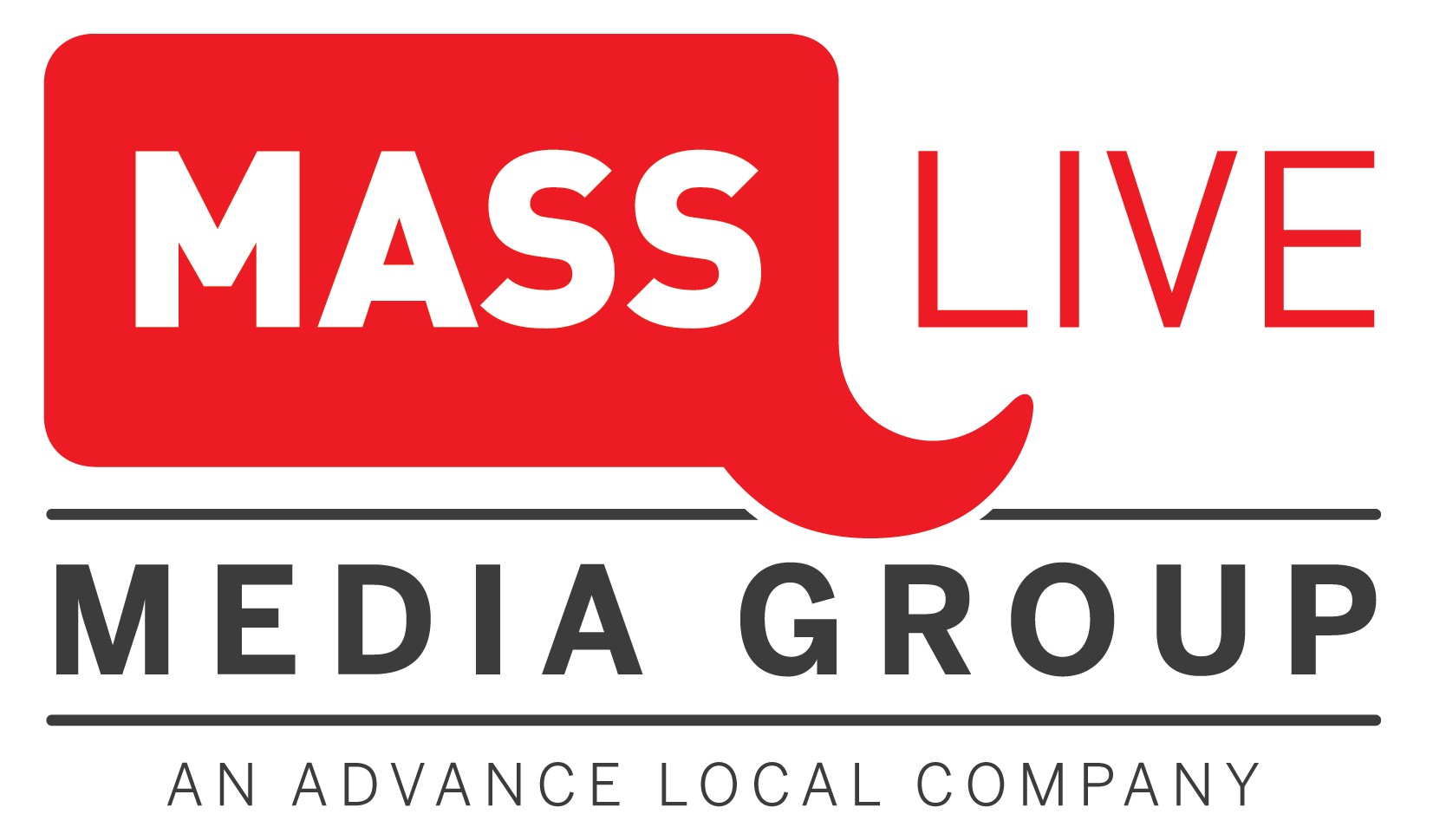Google Analytics is a free and powerfully insightful tool into your digital marketing and website effectiveness.
Have you ever wondered who visits your site? What content do those users consume? How they find your website (it’s more complex than you think)? And whether they even stay or come back to your website?
Google Analytics can help answer these questions and more.
People are turning to the Internet for information, to find business locations, their phone numbers, and to buy products online. Websites – businesses – are competing in an ever changing, competitive environment (in essentially an immaterial, expansive space). Google Analytics allows you as a business owner to be able to compete in this environment.
Google Analytics makes it easy to begin collecting data to be able to later gain valuable insight into your business and website.
How To Set up GA
Data on your website only begins to collect from the time the tracking code is placed, so do this today if you haven’t already. Here is a link to Analytics Help where Google explains how to implement the code: Set up the web tracking code. Use an existing Gmail or other email account, or create a specific one for your team to use.
To do this you can use Google Tag Manager.
Using Google Tag Manager is very helpful because as your marketing channels are expanded, it will be easy going forward to manage tags as well as choreograph several tags in one place to better measure and engage with your audience.
Where to Begin
Google Analytics has four major groups of reports: Audience, Acquisition, Behavior, and Conversions. Audience reports provide insights into who your visitors are, Acquisition reports show you where your visitors come from (or in other words, how they found your website); Behavior reports show you what your visitors do on your site. Conversion reports allow you to measure goals and look at attribution models. You can even create custom reports.
The Audience ‘overview’ report is one of the first reports I visit once gaining access to an advertiser’s analytics because I want to get an overall sense of traffic and performance on their website. Here you can also track audience demographics and geographic reports for your site visitors.
Acquisition reports help break out traffic into the major channels (or ways in which visitors come through to the site): organic is through a search engine, direct is either by typing the website URL into the browser or using a bookmark, referral is traffic to your site from a user coming from another site, social is social media traffic, and more. If you were running paid campaigns, you would see paid search as well.
Under the Behavior reports, you can see what pages visitors are visiting most often. Use the ‘Behavior Flow’ report to look at what pages visitors come through and what pages they visit there after.
Giving Access
By allowing access to your analytics, your digital campaigns can become even more effective. This is because reporting can be provided on what is actually happening on your website once visitors find you.
Under the Admin tab in your Google Analytics, you can add a user and specify the level of access. ‘Read and Analyze’ is all most digital consultants and strategists need to see your data (this doesn’t allow this user to make any changes). Here’s how to distinguish between the levels of access and grant access to others.
Google Analytics has much more to offer than covered here. Contact a digital consultant today to gain new insight in your website and digital marketing effectiveness.
By MassLive Marketing Staff



 Ad Choices
Ad Choices